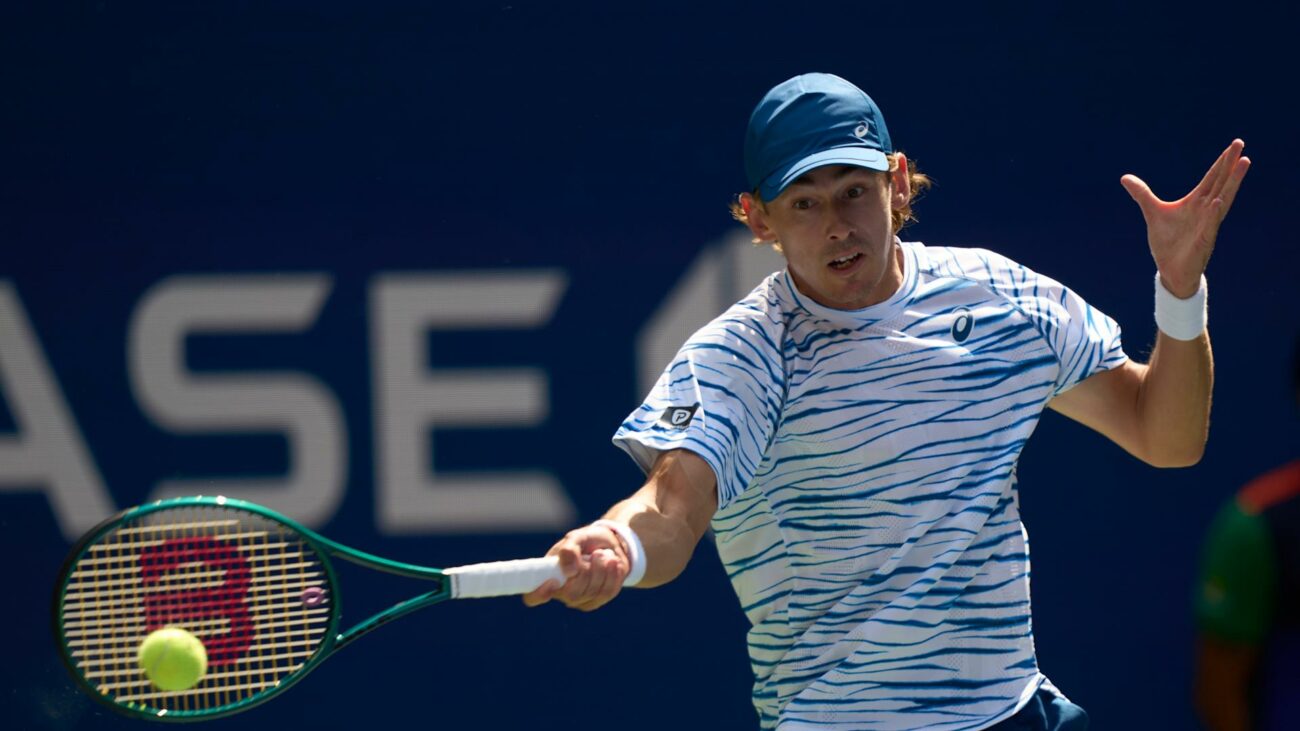Mastering the Return of Serve: A Strategic Guide
The return of serve is a crucial aspect of tennis, often overlooked in favor of the more glamorous serve. However, it is the first strategic move in a point, setting the tone for the ensuing rally. By effectively utilizing the return, players can neutralize the server’s advantage, challenge their position, or even attack and seize control of the point.
Neutralizing the Serve
Neutralizing the serve is the last line of defense for a returner. When faced with a particularly strong or well-executed serve, the goal is to nullify the server’s initial attack. This can be achieved by aiming for a larger target, high over the net. By forcing the server into a starting rally, the returner can minimize the impact of the serve and maintain their position in the point.
Challenging the Serve
Challenging the serve is the most desirable outcome for a returner. By making the server uncomfortable with their first shot, the returner can use the server’s force against them. Aiming for a large target and ample height over the net, the returner should seek to move the server into an awkward position, making the next shot easier to control.
Attacking the Serve
Attacking the serve is a more viable option against second serves. While a return winner is a rare occurrence, attacking the serve should be viewed as an opportunity to flip the script. By taking the initiative and dictating the pace of the rally, the returner can gain an advantage and potentially seize control of the point.
Varying the Approach
Varying these three approaches throughout a match is key to gaining an advantage as a returner. By keeping the server guessing, the returner can create chaos and disrupt their rhythm. Even the worst-case scenario defensive return can result in a winning point, highlighting the importance of adaptability and strategic thinking.
Conclusion
Mastering the return of serve is essential for success in tennis. By understanding the different approaches and implementing them effectively, players can neutralize the server’s advantage, challenge their position, or even attack and seize control of the point. Varying these strategies throughout a match is crucial for creating chaos and gaining an edge over the server.






